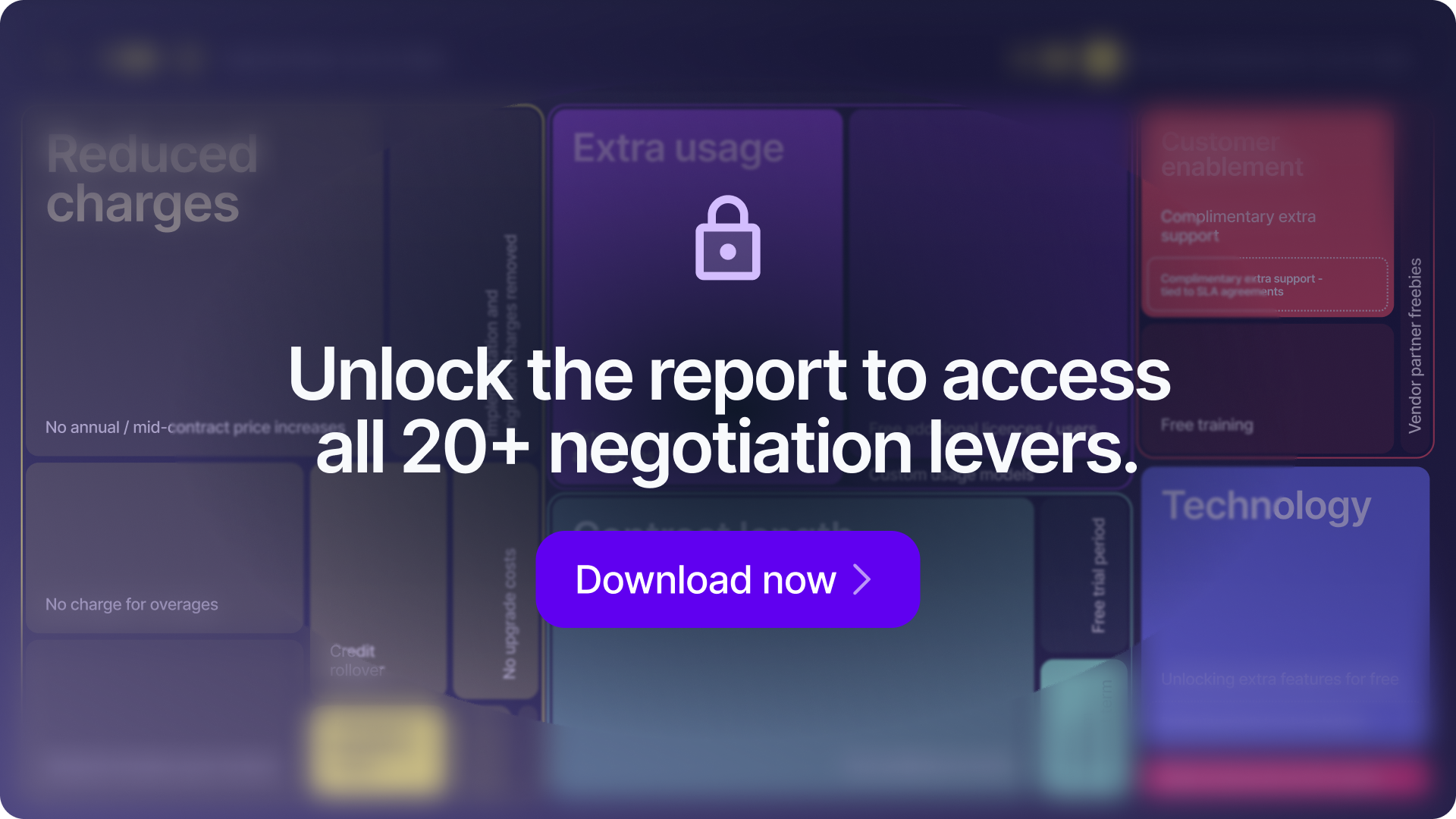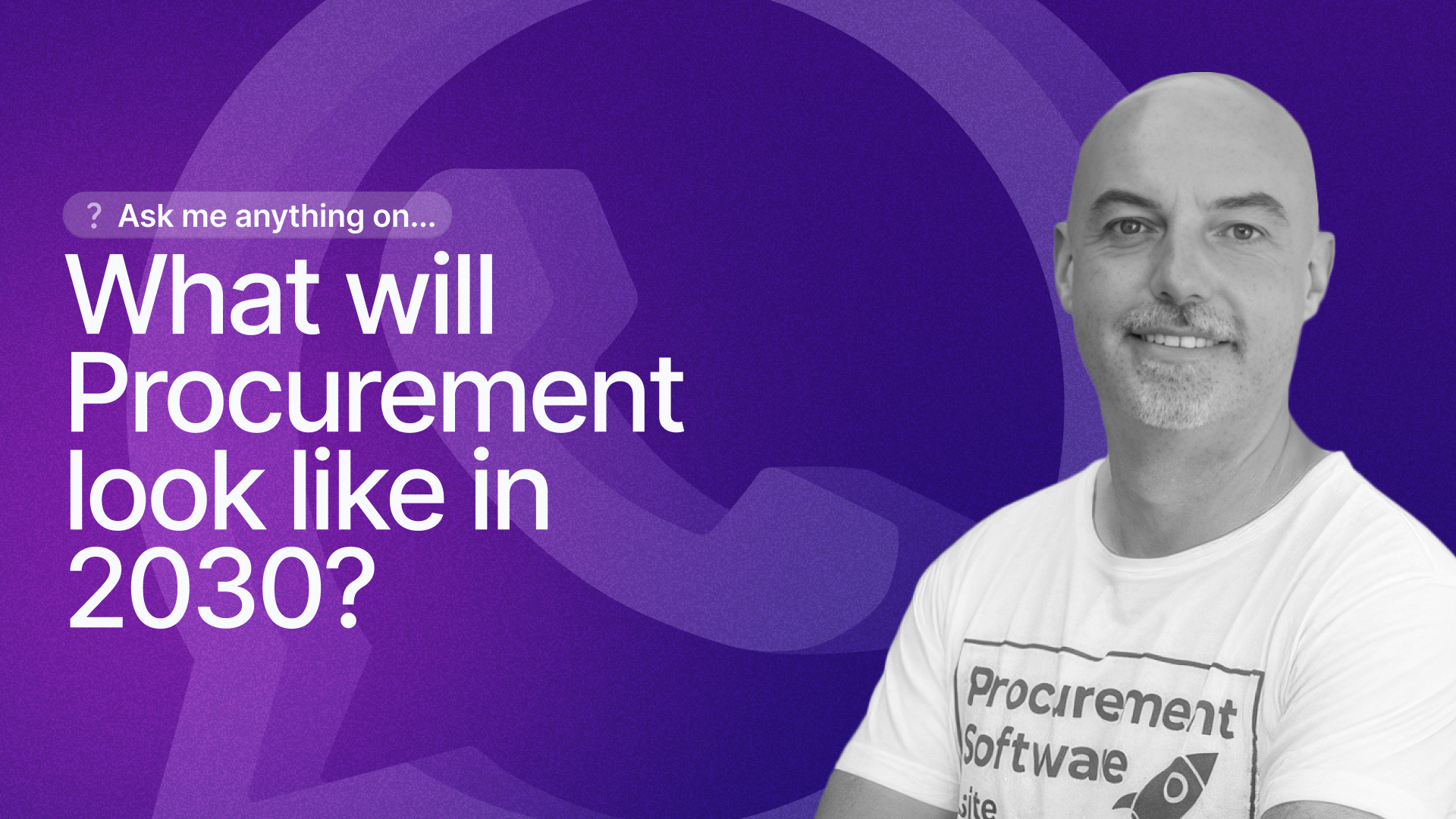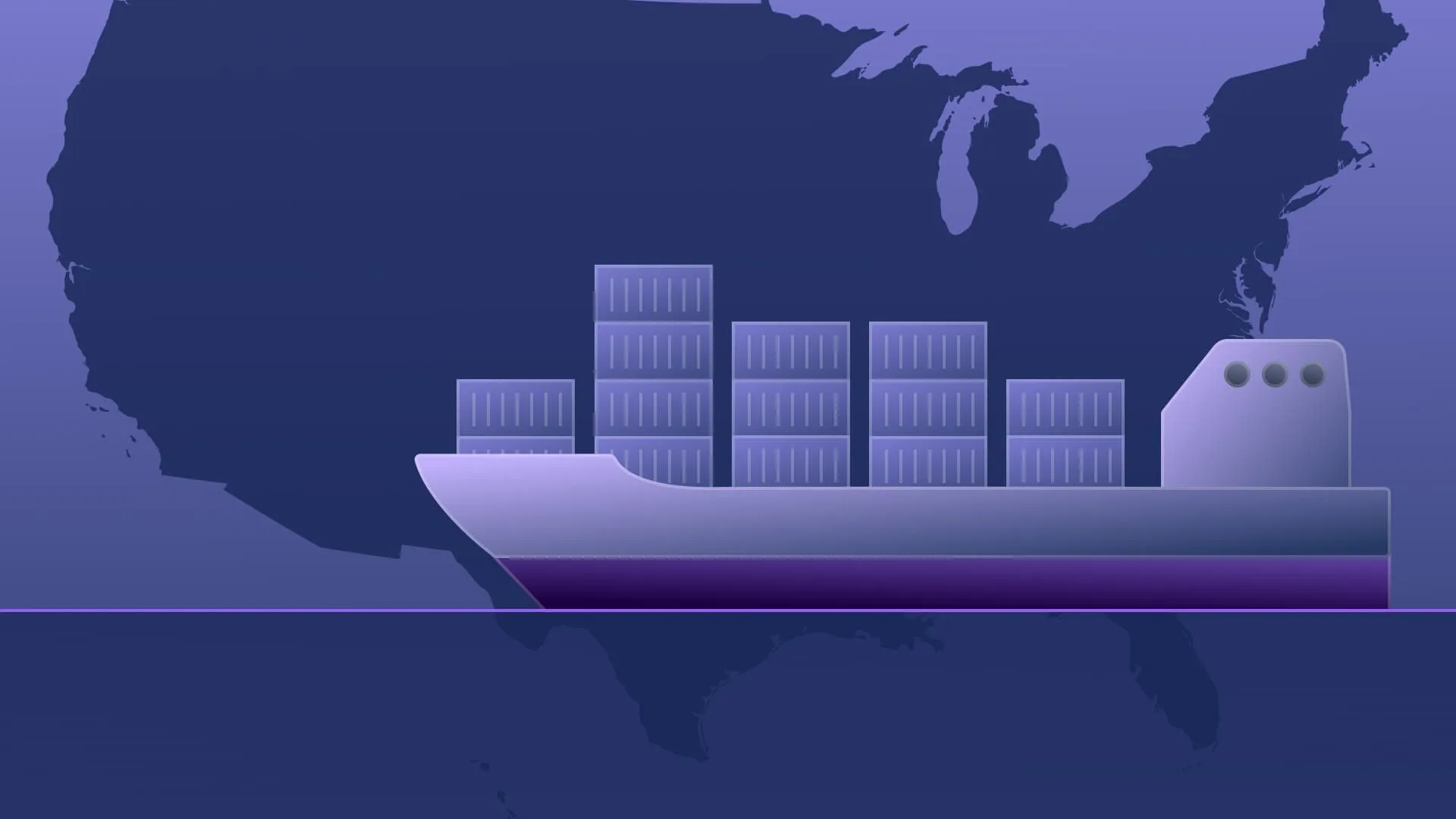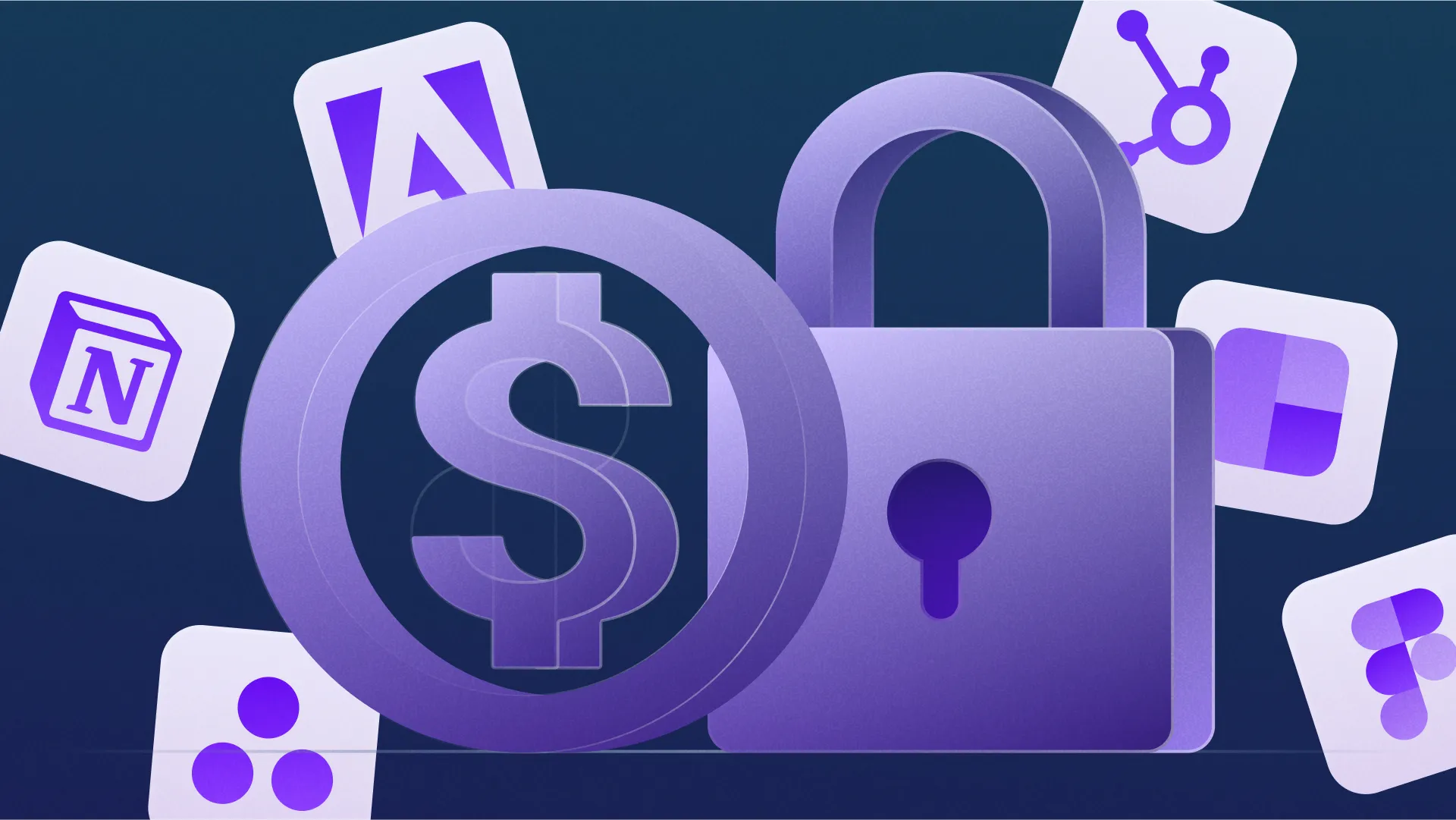The Untapped Power of Negotiation Levers in Procurement
.jpg)
.jpg)
.jpg)
.jpg)
Take a self-guided tour of the platform.
20+ High-Value SaaS Negotiation Levers
See why Vertice is trusted by top procurement leaders.
The secrets to securing the best possible deals on any software contract.



Get the full image
SaaS contract negotiations are a critical part of any solid procurement strategy, as they’re one of the few things in your control.
With prices rising year-on-year, tech stacks expanding to meet growing demands, and subscription models becoming increasingly complex, knowing how to extract maximum value from your contracts can be the difference between wasting budget and driving meaningful business outcomes.
In this article, we explore some of the key levers procurement teams can use when negotiating contracts with vendors.
From strategic terms to concessions in negotiations, understanding how and when to apply these levers can make a significant difference to the ROI of your SaaS stack.
Negotiating beyond price
Price matters – especially given how 90% of companies overspend on their software by 20-30% and leaders are under immense pressure to do more with less.
But focusing on it entirely not only weakens your negotiation leverage, it also sacrifices longer-term savings and strategic opportunities to optimize total cost of ownership, secure more favorable contract terms, and strengthen supplier relationships.
So the question is: which negotiation levers deliver the biggest impact?

Key negotiation levers that drive results
The levers you choose to pull in negotiations can determine how much you stand to gain.
Some negotiation tactics deliver immediate, modest wins, while others unlock savings and strategic advantages that compound over time.
Examples of relatively easy wins:
- Negotiating additional licenses or users – Securing extra seats or user licenses accommodates growth without triggering higher per-user costs later down the line. While it might not deliver immediate savings, the flexibility ensures that you can scale without the financial sting of incremental add-ons.
- Preventing annual or mid-contract price hikes – Locking in pricing for the duration of your contracts protects against unexpected increases, improving budget stability and long-term planning.
High-impact lever:
- Capping overages for maximum savings – Usage-based pricing carries the risk of escalating costs. With adoption on the rise – the number of contracts using this pricing model increased 6% in just one year – procurement teams can address this risk by setting a cap on overages. It’s an achievable clause that can represent significant future savings.
These are just a few of the negotiation levers at your disposal. Our recent report provides a comprehensive list of 20+ tactics that vendors don’t want you to know – download the full report now.
Strategic concessions in negotiations: Turning trade-offs into advantage
Most levers are activated through concessions in negotiations – the trade-offs you make to achieve better overall outcomes.
Success in SaaS contract negotiations often comes from choosing the right trade-offs and prioritizing the terms that align with both short and long-term business goals.
But what does this look like in practice?
Start by identifying the levers that matter most – the ones that give you the flexibility to secure better deals and more predictable costs.
This could be:
- Contract length – Agreeing to longer-term, potentially multi-year agreements in exchange for better pricing or more flexibility around other clauses.
- Payment terms – Adjusting payment schedules to gain discounts or improve cash flow.
- License commitments – Committing to a minimum number of seats in return for lower per-user costs.
- Support and service levels – Conceding on response times or included services in exchange for more favorable pricing.
Once you know which levers to prioritize, the next step is understanding how to apply them strategically. That means recognizing which concessions will deliver immediate benefits versus those that unlock long-term advantages.
Our recent report breaks down 20+ negotiation tactics backed by data and validated by our internal procurement team, showing you exactly how to turn these levers into measurable savings.
.webp)





.jpg)



.webp)

.webp)




.webp)
